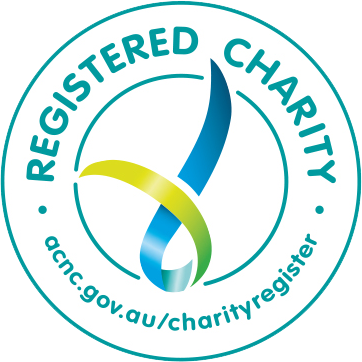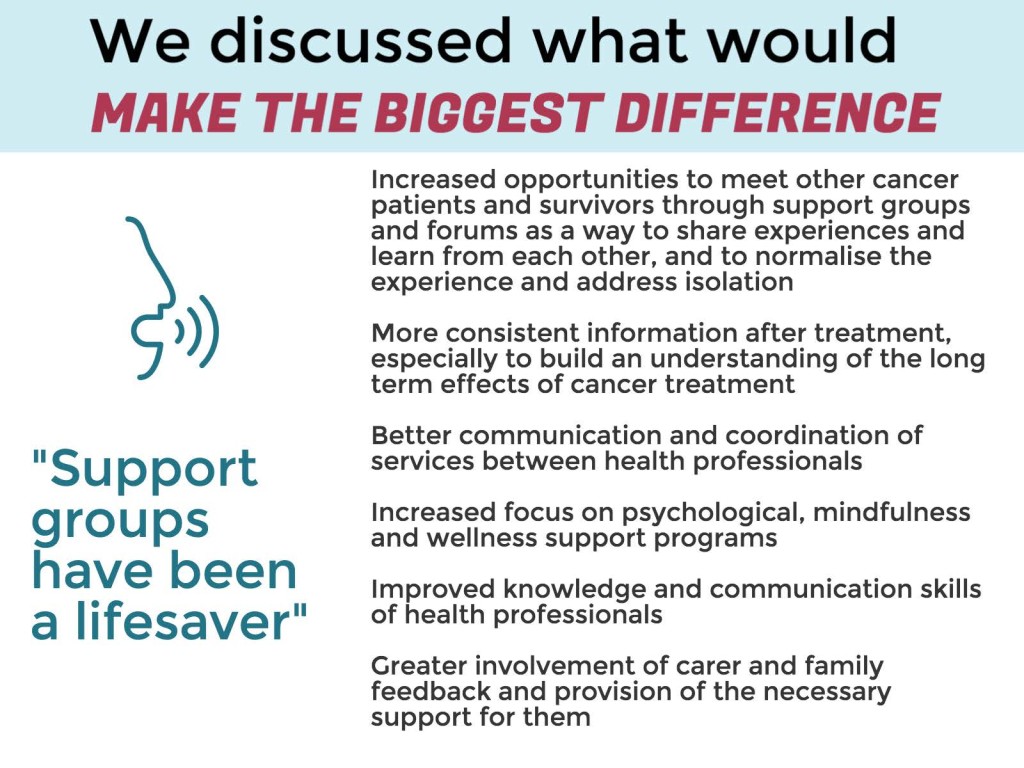
VOLUNTEERING in middle and older age is linked to good mental health and emotional wellbeing, according to a survey of 5000 British adults. Researchers Drs Faiza Tabassum, John Mohan and Peter Smith mined responses to the British Household Panel Survey (BHPS), which is conducted every two years on a representative sample of adults living in Britain.
The survey included a wide range of questions on how participants spend their leisure time and a battery of questions to measure mental wellbeing. Around one in five respondents (21 per cent) said they had volunteered. Women tended to volunteer more than men. Almost a quarter of those aged 60 to 74 said they volunteered, but only 17 per cent of the youngest age group. No association was seen between volunteering and mental health in people under 40.
The mental health scores were better (lower) among those who volunteered than among those who had never done so—10.7 vs 11.4—across the entire sample, irrespective of age. The average score was the best (lowest) among those who were frequent volunteers and worst (highest) among those who never volunteered. A positive association between volunteering and good mental health and emotional wellbeing became apparent at around the age of 40 and continued up into old age (80+). The researchers speculate that volunteering at younger ages may just be viewed as another obligation, while social roles and family connections in early middle age may spur people to become involved in community activities, such as in their child’s school.
The researchers were not able to gauge the extent of ‘informal’ volunteering, such as helping out neighbours, so couldn’t capture the full spectrum of voluntary activities. “Volunteering might provide those groups with greater opportunities for beneficial activities and social contacts, which in turn may have protective effects on health status. With the ageing of the population, it is imperative to develop effective health promotion for this last third of life, so that those living longer are healthier,” they write.
Previous research indicates that people who volunteer are likely to have more resources, a larger social network, and more power and prestige, all of which have knock-on effects on physical and mental health, they point out. “Volunteering may also provide a sense of purpose, because regular volunteering helps maintain social networks, which are especially important for older people who are often socially isolated,” they add.
Curtin University research professor Simone Pettigrew said the British results almost certainly also applied to Australia. “There have been some studies showing a relationship between volunteering and well-being among older Australians, mainly by Jeni Warburton from La Trobe University. Our (Curtin’s) random controlled trial that is close to finishing is aiming to test exactly this in WA by looking at both the physical and psychological predictors and consequences of volunteering among older people (60+ years). I’m hoping we’ll have some interesting results to share with you in due course,” she said.
By Frank Smith – HCC Blog Contributor
If you are interested in volunteering for Health Consumers’ Council (WA) call (08) 9221 3422 and ask for Lucy Palermo or email lucy.palermo@hconc.org.au










